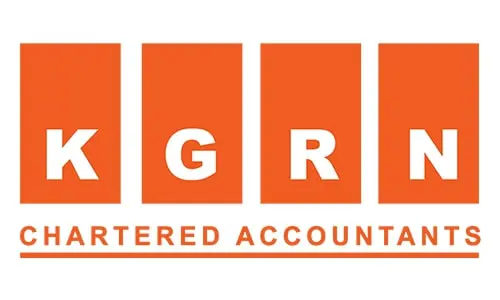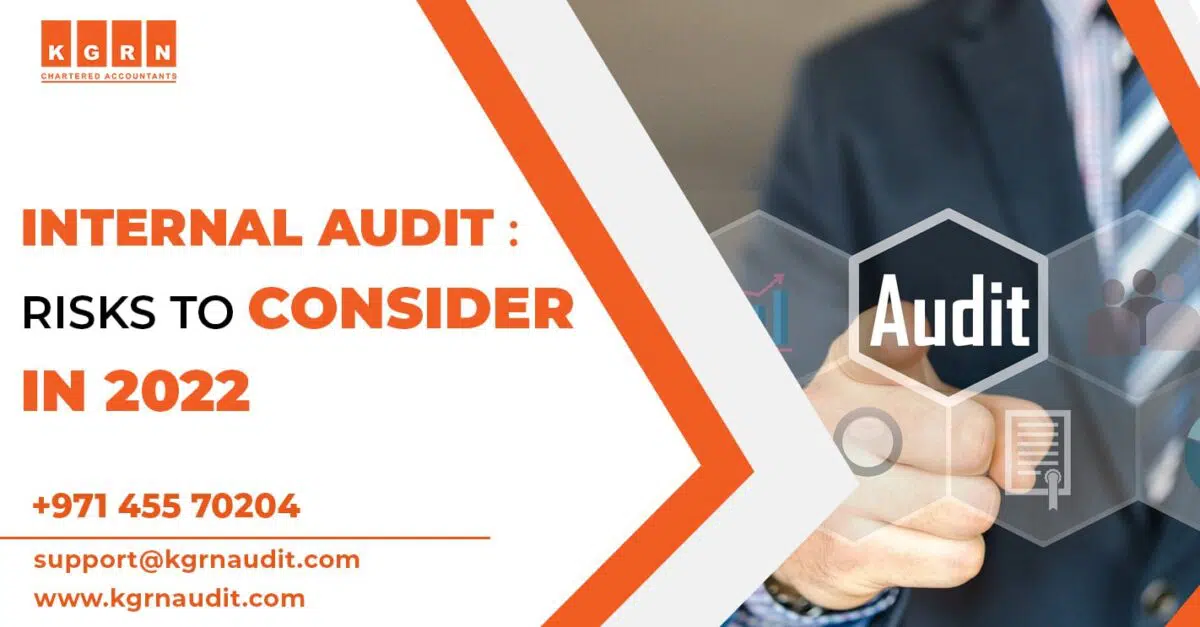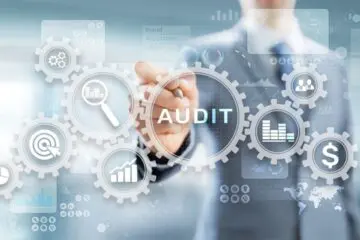Internal audit is “An Independent management function, which involves a continuous and critical appraisal of the functioning of an organization with a view to suggest improvements thereto and add value to & strengthen the overall governance mechanism of the entity, including the organization’s strategic risk management and internal control system.”
Risks to consider in Internal Audit 2022:
Cyber-security:
According to IIA’s on Risk 2022 survey, cybersecurity remains far above other issues as “risks likely to affect organizations in 2022”. Almost 96% of chief audit executives ranked cybersecurity a 6 or 7 on a 7- point scale of relevance, the highest ranking. Weak control on cybersecurity risks may result in disastrous financial impact. It may destroy an organization’s brand and reputation if left unchecked.
In 2022, business leaders will be raising their expectations of the internal audit function as management and governance committees continue to pull Internal audit resources into more strategic initiatives, in addition to the standard technology audits.
Outsourcing & Third-party Risk Management (TPRM):
To boost the productivity and efficiency, organizations are increasingly relying on third- parties to carry out vital business functions. Third- party relationships also increase the exposure of organizations to new risks and potential compliance failures that may result in fines, lawsuits or reputational damage.
Assurance of Third- party risk management throughout the organization need some baseline data. The Internal auditor shall request the management to submit the list of all third- party relationships. Internal audit plan should be prepared to advise management and the audit committee on appropriate technology for monitoring third- party risk, such as real- time alert and trend analysis tools.
Evolving compliance and regulations:
The compliance and regulatory landscape continue to evolve. Managing compliance and regulatory risks is becoming increasingly complex, and companies need a structured approach to identify, measure, examine and implement, and monitor critical compliance and regulatory risks.
Internal auditors can play a pivotal role in regulatory and compliance risk management by providing objective and independent assurance on the effectiveness of the company’s compliance and regulatory frameworks and internal control system surrounding them.
Talent management and retention:
The rapid transition to hybrid and remote work continues to pose the greatest threat to employee engagement, wellbeing, and retention while also being the most significant risk. It is anticipated that the extended effects and succeeding waves of Covid-19 will continue to compel a hybrid working environment, which will give rise to problems regarding performance, employee engagement, talent, and retention.
The number of Chief Audit Executives who have reported having difficulty finding appropriate applicants to fill internal audit posts has increased, and the time it takes to seek for candidates has increased in comparison to previous times. Redefining the way in which work is carried out is being brought about by the growing need for and acceptability of remote operations, which includes working from home, as well as by the ongoing dynamic nature of labour circumstances.
ESG Reporting and sustainability:
ESG is a broad concept that encompasses corporate governance, human rights, labour practises, the environment, business practises, customer issues, community involvement, and development. Reporting on environmental, social, and governance issues is expected to become increasingly important in 2022. Management teams throughout organisations are aware of the opportunities and risks that ESG presents. The first challenge for Internal Audit functions that are just beginning their ESG journey will be identifying responsible parties within the organisation.
ESG impacts all levels of an organization, from its strategic goals to its operations. Organizations should evaluate their ESG impact, risks and opportunities across the entire value chain. Internal audit groups in large multinationals may find it relatively painless to accommodate environmental, social and governance issues in their audit plans. But for smaller and mid-sized firms, ESG standards and frameworks may be intimidating.
Supply chain management:
The pandemic has disrupted demand and product supply, setting up a bullwhip effect of supply and demand mismatches. Internal audit plays an important role by providing independent and objective assurance on the entity’s overall supply chain strategy and internal control system about supply chain management
Automation:
Digitization is increasingly becoming vital for a business’s success, and companies are continuing and, in many cases, accelerating their digital journey. Increasing investments in robotics, machine learning, AI, and advanced analytics are going a new form of business transformation.
Internal Audit has a vital role in an increasingly digital workspace. The proper integration of automation programs as part of the Internal audit approach can help organizations meet their governance, risk, controls and compliance requirements.
Organization’s culture:
Many organizations give less importance to risk arising on account of toxic corporate culture or environment. But this is very vital in driving the organization towards its goal without loosing the brand value and reputation. Internal audit has a
The following points shall be considered while drafting the Internal Audit plan for the year 2022 which may act as a check for the afore-mentioned risks:
- Assess the design, organizational setup, and effectiveness of learning and development programs
- Ensure that the Internal Audit team has sufficient knowledge about existing and new tax laws and compliance obligations.
- Upgrade internal audit team’s efficiency with ESG-related certifications.
- Ensure compliance functions are established and follow a disciplined approach with a clear compliance framework
- Assess the methods used to monitor, measure, and report on the program and evaluate whether any improvements can be made
- Performing a risk assessment of the organization’s cyber security processes concerning best practice industry standards and providing process improvement recommendations
- Analyze and document the processes, methods and IT infrastructure to identify areas for improvement
- Assess the leadership’s readiness for crises by surveying critical questions to determine the level of preparation for emergencies







